User Report: The Olympus E-M1
by Leigh Miller – His website is HERE
These are exciting times in the world of photography and for the first time we have cameras in three different formats that show some real innovation.
I’ve switched completely from the dominant format (35mm) to Micro Four Thirds and APS-C. All of my professional work is now done with a combination of the Olympus OM-D E-M1 and an assortment of Fuji cameras. The E-M1 saw the majority of use on my trip because it’s so versatile. The small size, fast performance and great image quality meant that I could take it anywhere with zero concerns.
Size
The complete kit of body and 12-40 zoom lens takes up practically no space at all in my slingback bag. Over the two-week period I hiked, biked, rowed, went boating and horseback riding making pictures along the way. It’s so light that I was shooting one-handed in many situations.
Performance
You don’t wait on the E-M1, it waits for you. This thing starts up fast, focuses fast and writes to the SD Card fast. I never over-ran the memory buffer during high-speed shooting. The 12-40 zoom was tailor-made for this camera. Used together you have a weather-resistant kit that can go anywhere. I took it out of an air-conditioned hotel into searing heat without it fogging up. I got it splashed with water repeatedly while boating down a fast-moving river with absolutely no problems. I never missed a shot because of focusing issues either. The AF is as accurate as it is fast.
Image Quality
Lot’s of noise has been made about the IQ of M4/3 sensors. The general opinion is that while they turn out great travel and leisure activity images, you need a full frame or APS-C camera for professional work.
Absolute nonsense.
The image quality from this camera in top-notch and I haven’t had any trouble using them in my professional assignments. I’ve done headshot, product, product, real estate…beauty & fashion photography assignments for my clients with it. In many cases, I don’t even bother shooting RAW. Like Fuji cameras, the E-M1 allows you to pre-process your images exactly as you want them to look.
Summary
I spent a month with the E-M1 before taking it to Belize. More than enough time to familiarize myself and set it up according to my shooting style. The sheer number of configuration options can be overwhelming but there are good resources to help you out.
http://www.biofos.com/mft/omd_em1_settings.html
http://photolisticlife.com/2013/10/17/olympus-om-d-e-m1-user-guide/
Give yourself an hour and a glass of wine. By the time the hour is up and the glass is empty this camera will be configured with all of the important functions right under your fingers.
A couple of items you want to watch:
Battery Life: Right out of the box this camera is set up to drain the batteries really fast. Change it to turn off the rear LCD unless you are reviewing an image. Also turn of the full-time auto-focus. When you have done those two things, set the camera to go to sleep after two minutes. Doing this extended my battery life to about 700’ish shots per charge.
Weather Resistance: The only lens that completes the body sealing is the 12-40mm zoom. If you have older lenses such as the 45mm, they become the weakest link.
JPEG Engine: Very good but you want to tone down the noise reduction. It’s far too aggressive with the factory setting.
Shutter Button: Very light action. If you sling the camera over your shoulder and it comes into contact with your body, you will go home to find an SD Card full of random shots.
Video: Olympus readily admits that video wasn’t their biggest concern when they designed the E-M1. That may turn some people off but it shouldn’t. Unless you need the advanced video features of the Panasonic GH2/3 or 4 the E-M1 will do a good enough job.
The IBIS alone is worth it’s weight in gold when shooting video. Handheld footage is smooth and generally well exposed and detailed. The files also respond well to post-processing in Adobe Premiere. The only time it tripped up was when I filmed while on horseback. The gait of the horse threw off the IBIS and focusing. However in every other situation it performed very well.
Video Sample
Equipment Used for the images here
Olympus OM-D E-M1
M.Zuiko 12-40mm F/2.8
M.Zuiko 45mm F/1.8

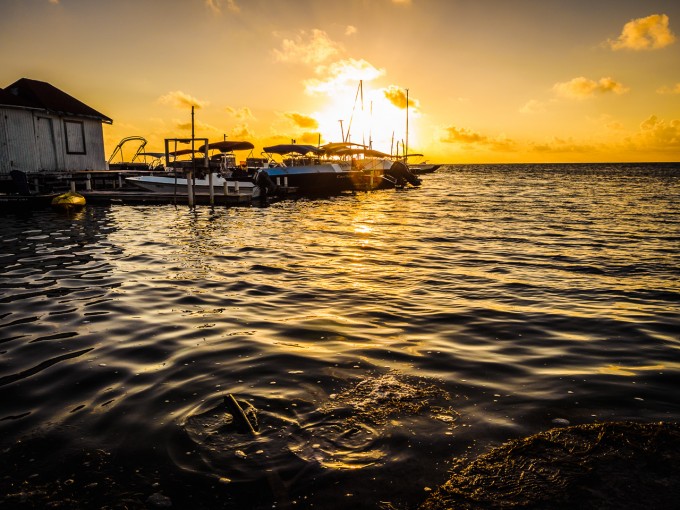
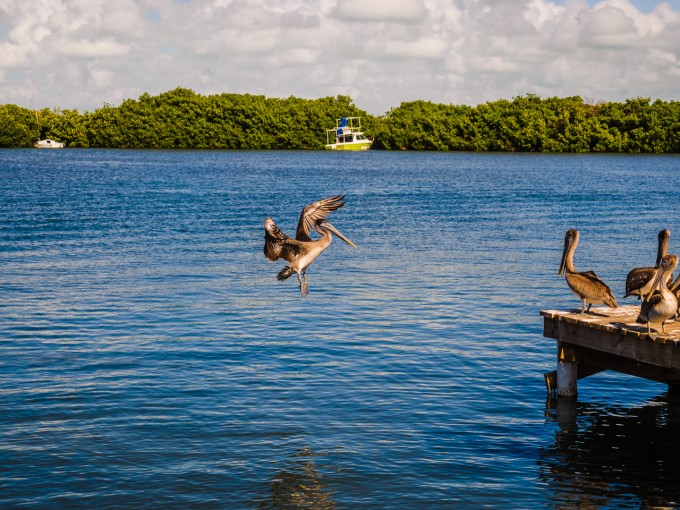
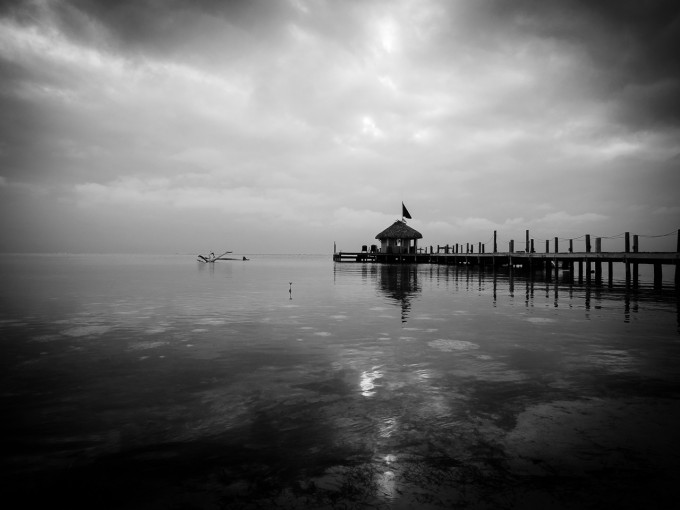
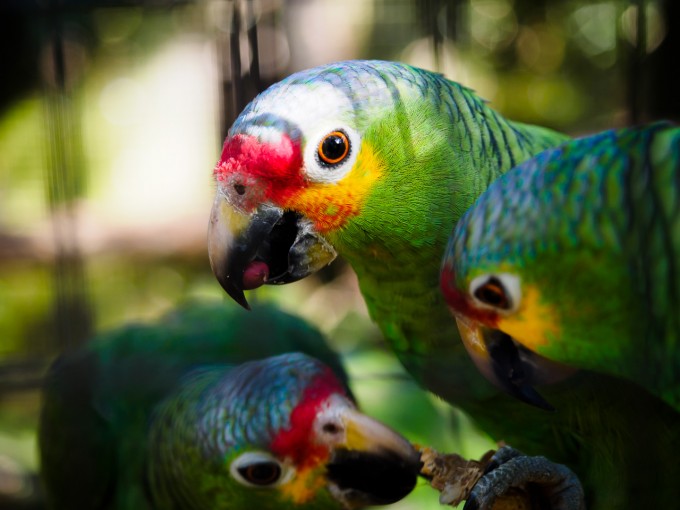
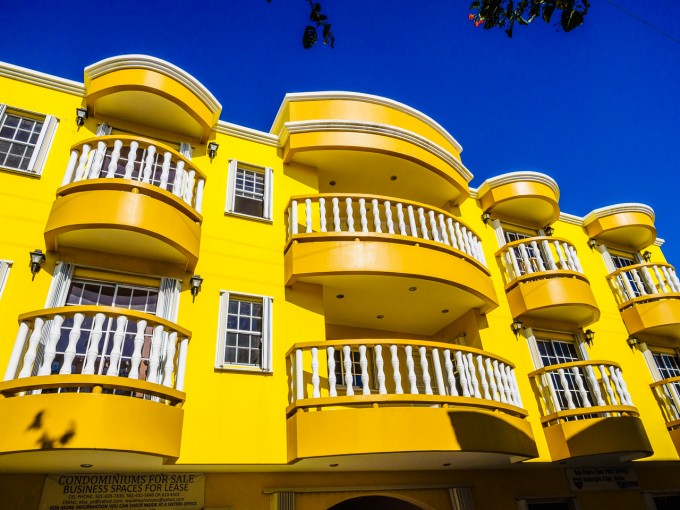
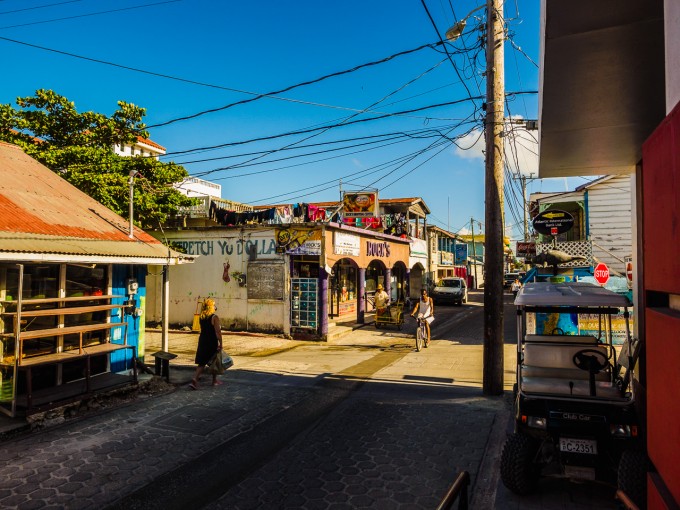
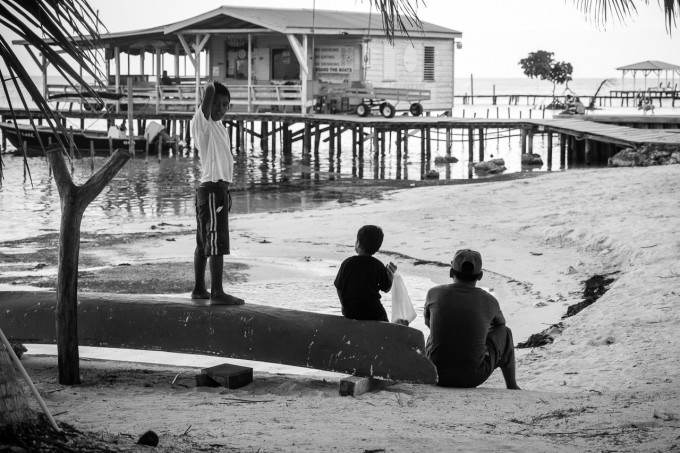
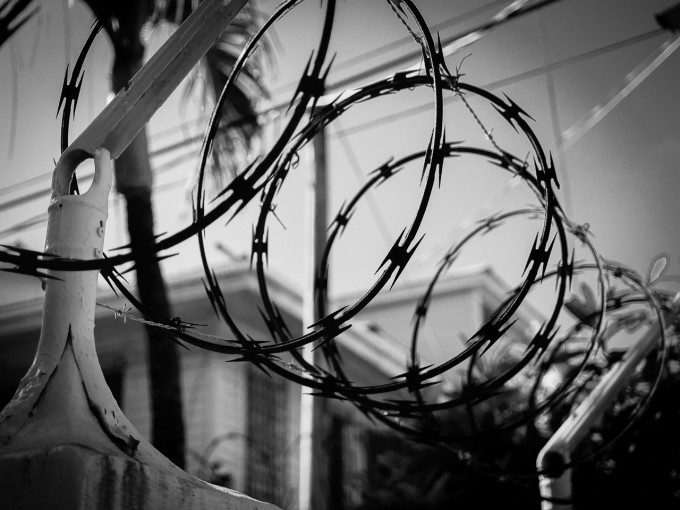
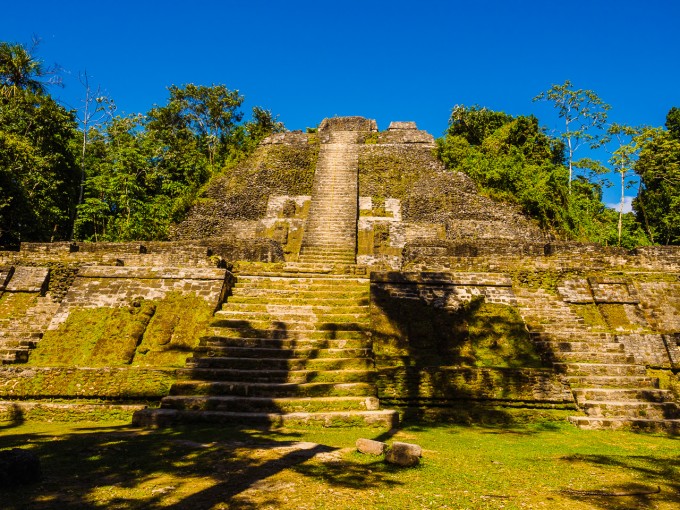
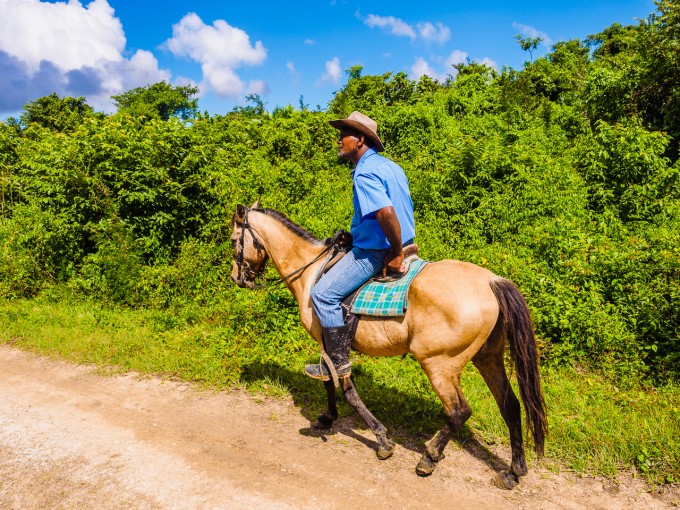
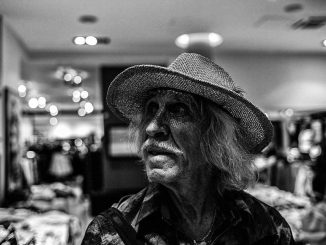

Seems to me 35mm is the new large format. i.e. it should stay in the studio for the most part. Who in their right mind wants to carry around full size Nikon and Canon gear?
Great insight!
Nice photos!
Random questions:
Is there an alternate AF-On button on the EM1 to alleviate the light shutter trigger? (I’ve heard it can be annoying in terms of trying to half press for focus)
In terms of pure weight, I’m wondering if an EM10 with a grip is pretty close to the EM1 in size/weight?
If so, then the issue (EM1 vs. EM10) comes down to weather sealing, faster focusing and a better EVF.
Not sure about that..I haven’t dissected the manual that much. I have tried that with my old DSLR system and hated it. Didn’t feel natural. In this case that would have been helpful tho.
The E-M10 feels nothing like the E-M1. It does feel a bit like the E-M5 but smaller. The image quality is equivalent though.
The trigger in E-M1 is vety light, but you dont have problems to half-press it to focus, instead after half-press you have hard time to release shutter as you dont get any mechanical touch to that.
I would say it is best trigger I ever pressed because it falls directly to same class as the dials and 2×2 switch with the grip = you don’t notice them at all.
The trigger is like mind reader, it follows my ideas what I see. Haven’t got single shot mistaken because I only wanted to half-press to focus or meter exposure (what you don’t need to do because EVF) AND when the moment comes to release shutter, it doesn’t fight back or require at all to think about the camera, you just clip-clip-clip.
You can move the AF button from trigger to AFL/AEL button, what you can bind to any other button.
But you don’t get a AF-C and AF-S together, where single press focus and long press focus continually. Not even when using AF-C as the function is AF-On and not AF.
So you can separate them many ways but the dual-function requires you to swap AF-S/AF-C with a button.
Correction, you can have it so that AEL/AFL function in AF-C mode locks focus when released and otherwise it keeps continually focusing when holding a button.
And then you can bind that AEL/AFL function to any button. Like I try it now on top button on front just at reach with middle finger so I don’t need to move thumb from tight grip position.
Hi Leigh – a solid, diverse set of photos. The EM1 is certainly a capable tool – from the breadth of user reports and reviews it’s quite obvious Olympus have struck a right balance of useability and professional features in the one complete package..in the right hands. Please do not take this the wrong way – I feel criticism should be constructive and open to interpretation. Personally, I feel that there are post production inconsistencies that throw me off here. Perhaps a personal choice for you, but I feel like the colors are wildly over-saturated, which in turn have blocked up the low and mid-tone contrast. It’s almost like Fuji velvia taken up a notch or two. There isn’t anything spectacular with the composition or the final framing either unfortunately. Once again, please don’t take this personally – I just feel like these are average photo’s with some questionable post-processing choices
Thanks!
I agree with Lucky Mojo re saturation and framing – with the exception of the shot of the parrots which works well.
i recently did a product shoot with it and was quite happy with the results. doesnt stop me from lusting after FF but the reality is, it’s more than capable in most instances you need, personal or professional. there is more noise but tbh, it really doesnt affect the final shot in any negative way. print it, it looks great. put it online, it looks great. i guess if one were to just sit there and analyze it technically you could dock it in that department but in real world uses, it simply hasnt mattered.
i shot a wedding with the EM5 & was generally happy with results. I will be shooting another soon with the EM1 with the em5 backup. i have all the confidence in the world it will deliver the goods. even for battery life i am looking at 2 per camera, practically, and that gets me through the entire event. with flash work, probably kick that to 4 for main camera and 2 for backup camera. just to be safe.
the biggest win for me here in south east asia is the weather proofing. i have been insta drenched by monsoons on several occasions now and i just shoot right through it. far cry from my other cameras locking up until they dry.
great set of picture btw. love how crisp and bold they are.
Thanks!
Yes the decision to buy extra batteries is a personal choice and will depend on your usage. For weddings I tend to stick with 500 or less shots which is totally doable on one battery. But like anything else..for critical work it’s always best to have some backups.
I think your statement:”You don’t wait on the E-M1, it waits for you” sums it up very nicely. That plus the IQ, lens quality, size and weight make for a strong case for mft. A great read and pictures, thanks for sharing.
OM-D EM-1? How about just OMG?
Great review and 100% agree with everything said from personal experience.
Nice review.
I couldn’t agree more.
The E-M1 with the 12-40mm f2.8 is a great combination. I hardly find I need to change lenses except for just wanting to change lenses to try something different.. Other than that, the 12-40 is a great general purpose lens that does wide to short tele very very well.
I also use the E-M1 + 12-40 for work and the results have been really good and no complaints.
For the stuff I do a lot (& get paid for), I’m glad the E-M1 truly has professional grade features.. namely for outdoor daytime portraits, the fast max shutter speed of up to 1/8000 gives incredible versatility to shooting out in bright sunlight wide open.. Although the max flash sync of 1/320 is higher than most pro dslr’s, it’s still not quite enough to combat the sun and bring up the exposure in areas where I need it.. thank god it has a great high speed sync capability with the FL-600R I use with it. I don’t think.. no, I know I would not be able to do the work I do without this performance feature on the E-M1.
I’ve been debating and really wanting to go with an X-T1 (or similar X camera) because I really like the Fuji IQ and design, but very sadly, it’s not a very capable camera at all when it comes to being used outdoors in the specific situation I am referring to.. daytime outdoor portraits where I want to shoot wide open, balance background, ambient light and have enough flash & shutter speed to make my subjects pop and expose correctly. With so many iterations of the x cameras, I don’t believe they’ve made any improvements to the shutter speed performance nor flash sync (with exception being the X100/X100S, fixed lens w/ leaf shutter, different animal). It’s sadly limited to max 1/4000, which I think most of us can live and work with. The problem is the very limited and low flash sync speed of 1/180.. sure, it’s not that far off from dslr’s 1/200-1/250 flash sync limits, I guess quite common, BUT! there seemingly is absolutely no high speed sync capability so you can’t even attempt to exceed the 1/180 flash sync speed with HSS/FP type of flash shooting. Being somewhat aimed towards “pro” use, I feel strongly that the absolute lack of HSS/FP option a major oversight and disappointment for Fuji X cameras (except the X100/X100S, but it’s not an ILC). What’s up with that? I’m still waiting till Fuji gets an X camera with everything worked out.. so far, it’s been a lot of a little bit of this and a little bit of that added to another model generation, but I don’t personally feel it’s all come together completely in one X camera, yet.
Anyways, back to the E-M1, I think it’s a great little camera that can really delivery pro performance and results. As far as a MFT not being that capable compared to APS-C or FF? Rubbish! But, I will admit a larger sensor can do a more, but the MFT sensors these day already can do a lot and it ain’t bad at all. The E-M1 can do as much, but often much more, than a lot of “pro” dslr’s or competing mirrorless cameras can. It would make for a great ambassador for the MFT system… speaking of great MFT cameras, I think the new Panasonic GH4 looks really promising as a powerful video tool.
Sure, the E-M1 and MFT system may not be for everyone, and larger sensor cameras may be the only choice for some, but a greater majority of camera users will be hard pressed to honestly say what they photograph cannot be accomplished with the E-M1 or any quality MFT camera… I think a lot of people probably feel the pressure in their heads that bigger has to be better, though they, or any outside viewer, may never notice the difference in practical applications… more often than not, the camera they think they need is overkill. Just what I think.
The people who whine about MFT sensor quality are rarely the ones who use it for any length of time beyond “testing”.
From my perspective, full frame still retains an advantage in 4 key respects:
1. Ultimate enlargement size
2. A bit better dynamic range
3. Improved high ISO
4. Greater tonal range, e.g. highlight to shadow values don’t fall off as sharply with full frame as they do with m4/3
#1 probably won’t be an issue for most folk. #2 probably isn’t of great concern either, unless you are a dedicated and frequent landscape photographer who is also concerned about #1. #3 is probably the greatest overall handicap, particularly for anyone doing any sort of editorial or reportage work in low ambient light levels, where subjects are frequently moving. #4 is probably only going to matter if, once again, you are concerned about #1 and planning to make fine art prints.
Those caveats aside, m4/3 is already producing results that are by-and-large superior to what 35mm gave us just 20 years ago.
“#3 is probably the greatest overall handicap, particularly for anyone doing any sort of editorial or reportage work in low ambient light levels, where subjects are frequently moving”
…what many “pros” describe as “shooting action in low-light environments” and I immediately translate in “shooting my toddler running around the house”
😉
Seriously… you are right, even if frequently I have seen fashion studio work done with the E-M1 printed at 20″x30″ with excellent results.
Exactly right. For most hobbyists and indeed, some working professionally paid photographers – the M43 ecosystem is abundant with numerous, excellent lens choices and body choices too. However, and this is a big however; the IQ simply can’t match FF. Even scaled down to moderate web sizes (i.e 1024) there is a noticeable difference in tonality, microcontrast, dynamic range and ISO noise (and quality). This isn’t such a big deal for most of us, and for a lot it never will. For those with a penchant for that extra step up in IQ that we thirst for – FF ecosystems will always have the edge. There is simply no replacement for displacement and FF sensors still have a considerable edge. Personally, I’m happy with all my camera’s which range from 1″, to M43 and FF. They all have their advantages.
As a owner of both the Em1 and a Sony A7R I can say that there are pluses and minisis with both formats. A lot of people talk about all the advantages of FF and there are many. Very few will talk about some of the draw backs. The EM1 is flat out faster at everything then the A7R. Also corner to corner sharpness is much harder to achieve on a FF than a smaller sensor. My new Sony Zeiss 24-70 f4 has nowhere near the corner to corner sharpness of my Oly 12- 40 f2.8. It is not that the Zeiss is a bad lenes, but covering a FF sensor at 24 mm is much more challenging. With all the resolution a 36 mp FF has it make accurate focusing more difficult/slower. I find I need to take more care when shooting with the A7R and I use a tripod more as well. The end results are fantastic, but the 42 meg per shot raw files are adding up very quickly. If IQ is all that matters than FF is the way to go, but I honestly enjoy shoot with the EM1 a lot more and it gets all the IQ I need 80% of the time. I love both system and will continue to shot both.
Yes and no…
1. Yes..you can’t overcome the laws of physics. A big sensor will produce a larger file.
2. No..I shot Canon’s for many years. The DR of the E-M1 is equal to or exceeds the 5D II/III
3. Yes..but at the sizes most people view images at (WEB and Print) noise can barely be detected.
4. Basically the same as 2.
“3. Yes..but at the sizes most people view images at (WEB and Print) noise can barely be detected.”
Ahhh… if only that were true. Unfortunately, as the ISOs climb, the current generation of m4/3 sensors run out of bandwidth. An E-M1 will have about the same amount of noise at ISO 800 as a D3s/D4 at ISO 6400. That’s a 3 stop difference in real world shooting.
Where does that matter? If you’re a unit stills shooter working on a movie or television set (where you frequently have to shoot at ISO 6400-10000 — or you’re shooting sports indoors — it makes a huge difference to your files…particularly if they’re getting printed and they need to be clean.
I suspect m4/3 will get better over the next 3-4 years, though.
I’m still debating, or maybe would really like, a camera with larger sensor.. I think aps-c would be enough, but full frame is a possibility. If so, it would be for the main points and advantages you pointed out.. I think FF would provide the most of those points, but APS-C these days could do nearly if not equally as well, in a lot of cases.
Out of the camera, sure, the files from MFT to FF may show a lot of differences in the quality of the images, but I feel the tech in photo files these days and the power you have in post process can help enhance and boost the DR & clean up files and really make them look nearly as good, if not just as good in some cases, as files from a larger sensor. But, if really big print size is what you need, sure, APS-C or FF (or even medium format) would give you the best results, but then again you’re probably not going to view a super fat billboard size image 5 feet away to see if resolution is super clean or not. I admit, there’s not replacement for displacement, but it’s great so many cameras and options are available to level the field a bit more these days and coming future.
There has been reports with examples from shooting with a Sony A7r and E-M1 same scene and then ordering unmodified large prints from files what were 1 from A7r and 2 from E-M1. The E-M1 had a normal 16Mpix and then enlarged to same size as 36Mpix and there were no differences on the large prints (talking about size of 60″).
What comes to dynamic range, you often need to shoot with FF in f/4-5.6 range if even not with f/8 in many situations because you need to get more than single person in focus and more than just iris of the one eye. So to maintain shutter speed and depth of field, you are often 2-3 stops higher with a D800 and then you are situation where noise is very similar between E-M1 and D800. And exposure range is then only a 2/3 stops better with D800 so you have lost the edge of expensive camera compared to E-M1 in typical client/indoor shooting.
And shooting 16bit RAW doesn’t cause such fall of in color gradients at all that you would notice it in large prints when in such scenery shootings where you really need it.
The problem with m4/3 is that, its younger than FF and it doesn’t have a such holy status among photographers who shoot less than talks.
The m4/3 as E-M1 shows, is capable to more than most FF photographers have skills or needs. Instead for those many who swaers in name of FF would go and really get the m4/3 system for few months, they would find out there really isn’t such difference as it is wanted to believe.
Wing, have a swing by the XT-1 user report on Steve’s page, I think it’s just under this report, or above it. Whilst M43 image quality has come a LONG way – it’s brilliant now; those XT-1 images simply blow these away (no offense to Leigh) Color rendition, tonality, dynamic range, the punch of nicely balanced mid and high contrast area’s – the extra room for shallow DOF which an equivalent focal length. Those Fuji XT-1 images blow these back to the point-and-shoot division. I think this may be due to the shooters post processing – Robin Wong’s EM1 pictures are delicious.
Hey, I’m not saying the XT-1 or any Fuji X cameras have bad IQ, quite the opposite, I really like them and for the IQ alone, I miss my X100 & even my X10 (which produced surprisingly nice images for a 2/3 sensor).
It’s the complete package and functionality and capabilities, lack their of, I’m frustratingly disappointed about.. It’s because I really do like the Fuji X cameras and what they can do and their design that I bicker at the fine details that just aren’t there yet. As photographers, we’re a lot about the fine details, right?.. whether it be image quality, camera performance or ergonomics & design, the fine details matter. Again, for my purposes, it irks me to know that the Fuji is not really capable of taking pictures in bright daylight.. and to reiterate, where the background and ambient light is generally a lot brighter than your subject, you really need high speed sync capability. And I like to shoot wide open to soften a busy outdoor background to produce a nicer softer pattern and texture of color & light… if not to help blur out distracting park walkers or anybody else who can very likely be in the background you want to use.
I don’t care how slow the flash sync speed is, for almost all cameras, it will never be enough to combat and equalize sunny conditions for portraits I am describing. BUT, not even having the option to utilize HSS (or FP otherwise known as) is almost inexcusable, especially if you want to have a camera that is at least in part marketed towards the semi-pro… even if we’re not talking “pro” use, the fact that no Fuji X (except the X100/X100S) can produce a decent picture with a flash in the conditions I need it to perform in is really disappointing. I’d probably switch to the X system, despite a number of quirks, or at least add it to my kit, but it can’t even be a backup or alternative camera since it won’t be able to perform in bright daylight.
It brings me to a point where I think too many people, and the general focus for a while, has been on getting higher and higher ISO and shooting in the dark conditions.. Sure, that’s important and great if you can perform better in dim condition. But what about the other end of the spectrum? Low ISO and shooting in bright lighting? I feel it’s just as important and some camera companies miss some essential points to improve their cameras. So, in this aspect, Fuji X-whatever is not a complete performing camera system. Almost anybody can and will utilize natural/available light, but sometimes you really need flashes and if you want complete control, even in well or overly lit conditions, having a capable flash system so a camera can take a great photo in daytime is an essential tool to be able to use when needed, and I need to use this ability quite a bit.
So, yes, I am very happy with my E-M1 because it can definitely outperform any X camera in this specific regard, no question… even the X100/X100S since I can still use up to the max 1/8000 shutter speed limit which the X100/X100S cannot match.
I will try experimenting with a high quality 1-9 stop variable ND filter and set my camera and flash to max out at 1/180 shutter speed and see if I can possibly use such a setting with a good ND filter as an aid at 1/180. If it works and I feel I can actually get the same quality shots I’ve been getting from my E-M1, I may just invest in an X-T1 (or other X camera) in the near future.. maybe something full frame, will see if and when the time is right. If I can’t get the results and look I am after having experimented, then I guess I will just have to wait and see if the next gen X-T2 or X-Pro2 will finally have all the features and capabilities I require.
OR, I may just say screw it and just accept the X camera(s) for what it is and what it does really well and only use to better my low light higher ISO type shots… which I don’t currently do a lot of, but maybe in the near future.
… another thing about the X-T1, the extra “bells and whistles”.. time lapse (or interval a.k.a.), advanced filters, does it have HDR? bracketing, very basic movie.. ok, I probably wouldn’t use an X camera for movies, the OM-D’s can do a lot better with manual settings, even better in MFT terms with GH3 & new GH4. so forget that. I may not, and probably will hardly ever, use the advanced filters, but how about general bracketing? you can do so with filters, I believe, but I think you can maybe do 3 at most, but you can do all advanced filters (art filters in Oly terms) in 1 shot + an original RAW file, which I don’t think the X-T1 will write a RAW file for if using any advanced filters.. could be wrong, but I think that’s what I read somewhere. ISO & other exposure bracketing? Again, the E-M1 provides a lot of useful options & variations, where as the X-T1 is limited to just 3 shots and only 1 EV?! kind of pointless, but yes, you can probably just do it all manually. The E-M1 is just very option packed and the process to get nice results is very streamlined, better than a lot of cameras, imho.
And at this time, if I were to re-adopt a X camera into the fold, I admit I would say screw all the other features and just use it a lot in manual mode and fiddle with the basic exposure settings only and keep it simple.. which is fine and I think a lot of people love and use the Fuji X cameras just for this simple concept in photographing. it works, light, compact & takes excellent photos, no need for any accessories, just the body and a good lens.
I’d probably take on an X-T1, or comparable X camera, and use it in the most basic way and enjoy it for simplicity… and maybe the lower light higher ISO which it can do better. For that reason mainly, I think it would be the 2ndary camera in my bag and used for more personal hobby than for work.. my personal feelings on that at this time.
I own a Fuji X-Pro 1 and I have to admit I’ve gotten some lovely images out of that camera…with a lot of effort. But the Fujis come with their own set of significant issues. In terms of readiness, usability, and speed, the OM cameras wipe the floor with them. And even in terms of IQ, the Fuji files can suffer from some artifacting and smearing issues; boosted green channel issues; artificially boosted ISO issues; RAW processing issues, etc. Stuff the Olympus files don’t suffer from.
m4/3 is already producing files that are superior to anything 35mm film could do 20 years ago; any film at ISO 1600 was incredibly grainy compared to today’s m4/3 sensor at the same value, and ultimate image acuity with m4/3 is also superior now to 35mm.
Yet folks were happily making big enlargements from 35mm back then.
As long as one understands where the limitations of m4/3 lay — and it’s typically in the more unusual or specialized areas of photography, or where there are very specific requirements — the format is more than good enough for almost anything you’re liable to shoot…whether as an amateur OR professionally. And it’s phenomenal for reportage, travel, street, and even portrait photography.
Peter Lik or Nick Brandt fine art prints? No.
Ultra large prints for a gallery? No.
Action in low or reduced light. No.
For almost everything else? Yes.
Have a look at the work of these pros (all of whom shoot with Olympus m4/3)…
http://www.russellrutherford.com/
http://www.joachimguanzon.com/
http://buchangrant.com/blog/?p=1979
http://lindsaydobsonphotography.com/blog/
And National Geographic photographer, Jay Dickman >> http://www.firstlightworkshop.com/wheres-jay/
As one who is considering this image format, are there any viable comparisons to the “still image quality” (not video) and overall camera responsiveness , of the G4 versus this camera? Does anyone know if either can be tethered to a laptop via USB, like a Canon DSLR? IF I buy into the G4, I would use the video but it would be primarily a stills camera.
No tethering yet but the WiFi option is almost as good. Just shoot RAW+JPEG with an iPad or SmartPhone linked.
Thanks for the reply Leigh. The WiFi option won’t work for me; gotta have raws only straight into the laptop. Still an intriguing format to look into though. I have my Leica M for fframe and tethering, and the M4/3 would be a great quick-shooting & light weight kit. My 7D and DSIII are going on 6 years old and have been hammered. Good time to think about making a decision; EM-1, G4 or maybe a Canon-centric mirrorless in the next year or 2?
Nice review and great images Leigh.
At an Olympus event at the end of last year, I questioned the confidence of the weather sealing. Then I witnessed Quett (From Olympus AU) pick up a new E-M1 body and 12-40mm PRO and pour a jug of water over it. His reply, “no words needed”.
The OLY 12-50mm is also completely weather sealed and I contend for that as it on the E-M5 faced some heavy weather conditions when I was in the South Pacific last year. Mind you it is slow and the 12-40mm/2.8 is superior.
Yes…the weather sealing is very good. I left it out on my balcony doing a time-lapse..snow, wind, a bit of rain. No problem.
http://youtu.be/BzsQ7sbi2Qc
Thanks for the review Leigh . Soon next week I will be going to Italy for a trip and your review couldn’t have came at the right time . You have given me confident to take the EM-1 with me . Those photos are nice and hope to share some great photos when I am back
Take it…you won’t be disappointed.
Beautiful images. You’ve got a great eye.
Great work, Leigh!
Proving, ad infinitum, that the weakest link with most of today’s quality gear is not the gear…but the photographer.
btw: As I mentioned elsewhere, Jay Dickman told me a few days back that he’s made about 10 outstanding 30×40″ prints from the E-M1. Which is pretty remarkable. Few amateurs or professionals will ever need more than this.
I think sometimes people forget that many billboards were made with images from cameras with 4 to 10 megapixels…up-rezzing the E-M1 files is pretty easy.
Concerning the video: The boat trip doesn’t look too “rough” – is this due to the stabilizer?
It was extremely rough actually. The boat driver was very good and knew the river like the back of his hand. The IBIS acts as a pretty good gimbal and kept all but the worst parts of the river fairly smooth. It’s not infallible though and get’s confused with certain jerky movements. Not something you will come into when shooting in normal situations.
The IBIS is laughable and a joke! Once you use it with video, you see that it is too powerful and makes the videos look “wrong” as there is no shake!
Really, take a camera in hands and shoot video, start shaking it and all what you can do is laugh how over aggressively you need to shake camera to get something in video to move. It becomes a joke as you watch later videos and you find they are “boring” as the view doesn’t shake.
You need more post processing for videos by adding cuts and different view points to get video again “live”.
And all this in good ways!!!
I can take 1-4 second perfectly sharp shots with handheld and using only a LCD 30cm from my face like amateur as long I can keep body still = no strong wind.
Mount camera to shouldergrip and you cry from results how crazy it is! You really need to get a steadycam mounted to your body to get better results.
One of the thing I love about the Oly 5-Axis is using it with video. It is quite amazing as I do not want “shake” in my video. I use teh 8mm fisheye from Panasonic with it for video quite often. Gives me great quality. On the Panasonic GX7 the video is worse due to the IBIS not being so hot.
Love the colors. My results with the 12-40 zoom on the E-M1 have been so good it has relegated primes to those times I want a smaller package or where a faster lens is really needed for very low light or stopping action in low light. It has also put a serious dent in my use of my Canon 5D3. I recently used a Canon 24-70 f4 IS side by side with the Oly 12-40 f2.8 to shoot a ballet class. I stopped shooting the Canon because the combination of the IBIS and faster Oly lens was giving me better results!
Thanks for the tips, very useful. So, do you think by using video occasionally and taking pictures would be enough just one battery or there is a need for a spare?
@ OLEG: I only took one battery with me to Belize and charged it each night. I never had an issue with it running out based on the way I set up the camera. That rear LCD and continuous auto-focus is a real drain.
Also I’ve done complete beauty & fashion shoots for 5+ hours on one battery.
Nice to see some video